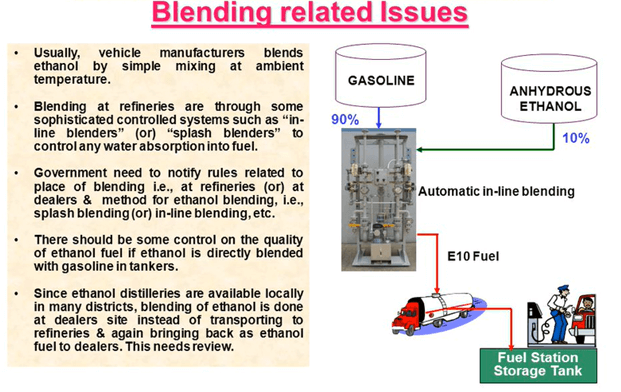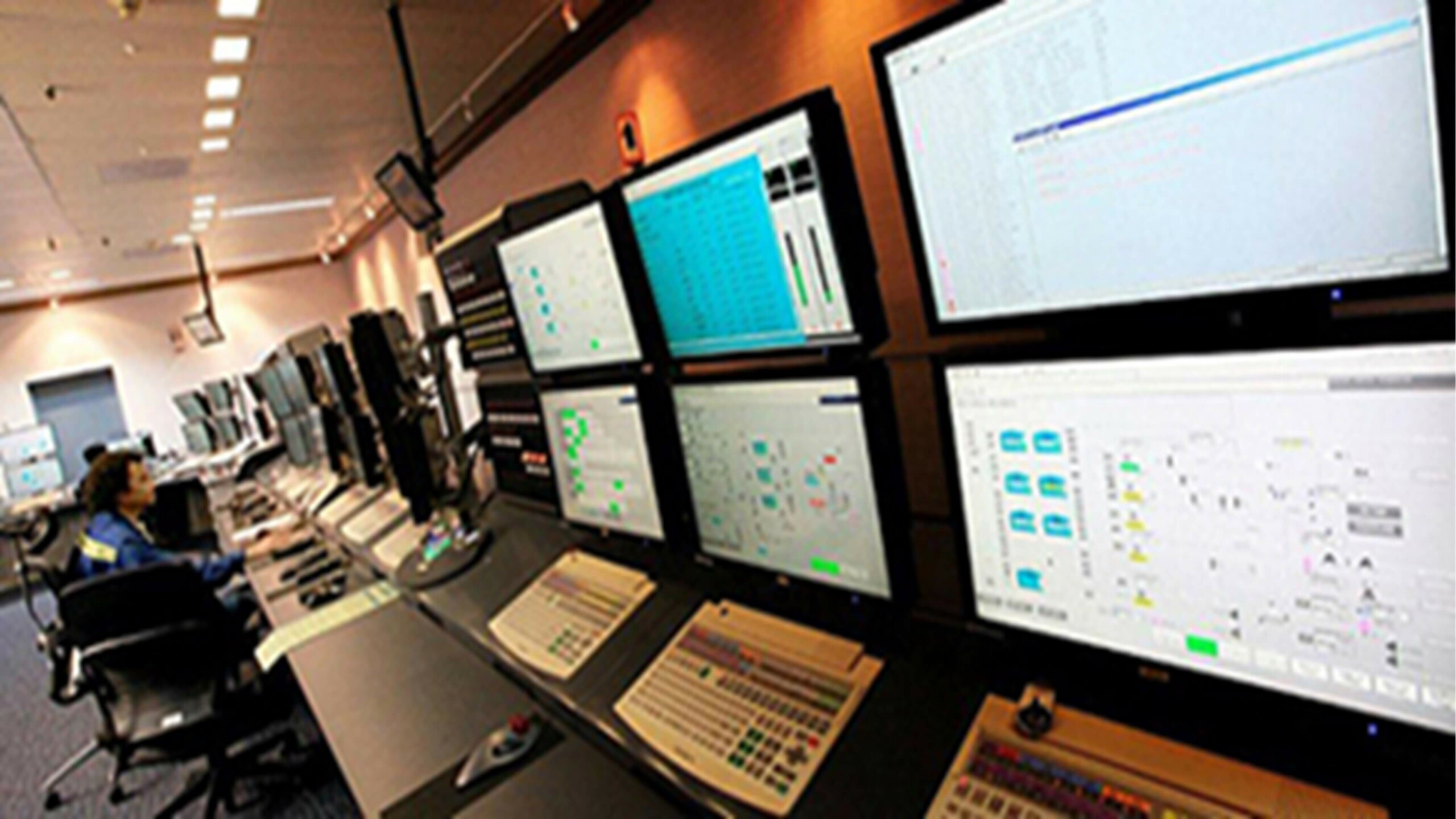Introduction
Mixing of semi-finished chemical products is the objective of crude oil blending. The blending process of crude oil is expected to meet specifications. Here the characteristics, challenges, and factors of the crude oil blending model are discussed.


Figure 1. Profitable Fuel Blending Process (GlobeCore. no date).
What comes out of a barrel of crude oil?
About 70 to 80% of crude oil produces fuel, kerosene, aviation gasoline, Kero type jet fuel, motor gasoline, and distillate fuel oil. These are all blended crude oil products. Final, sellable products of the refinery are a blend of many intermediate products. So, crude oil blending is a very significant aspect of refining, and it affects the refinery’s ultimate output.


Figure 2. Yield from one barrel of crude oil
What affects the success of crude oil blending operations?
Conventional crude oil blending operations are not able to handle the following problems:
- Product quality may not be controlled. There may be quality access. Costs for maintenance/installation of knock meter (analyzer) are high.
- It should have seamless integration that will ensure it interfaces all machinery. It also needs the measurement of process variables which can be attained from flow control, tank qualities, levels, and component qualities. An appropriate crude oil blend model with the regressed blend parameters is also needed. It should be as per refinery specifications. The core of blend technology is a significant part of the blending process. Even if, there are the best analyzers/control system, the blend may not be to the final desired specs. There may be major quality degradation because of one drawback. And that would be, there is no correct/finely tuned blend model.
- Recipe optimization of crude oil blending is significant. This is done to maximize component usage. It is based on quality/price. Real-time data should be available when there are online/offline operations. This is useful to serve the objective of the optimization. Real-time data concerning feedback, inventory, a tank level, or the quality of the components should be there for the blending system.
- Once the crude oil blending operation/process is complete, check the crude oil blend performance against the specification. Required/corrective actions should be taken to re-blend/to sending it back to the initial stage/minimize the giveaway.


Figure 3. Blending Optimization System (Shigehiko, et al., 1997)


Figure 4. Environment for the operation of Integrated System (Shigehiko, et al., 1997)
What are the crude oil blending challenges?
Crude oil blending optimization systems aim to optimize the calculation concerning the crude oil blend ratio. It helps in the reduction of labor as well as cost. It also helps to structure the whole system.
Lots of time is needed in the manual crude oil blending process. The product cannot be sent to the client/user if it is not manufactured on time or if the quality is not certified. Especially for the manual blending process, it needs significant manpower. Staff must go out in the field. There they have to close/open the valves, and shutting/closing down the pumps. This is done to prevent the product tank from overflowing.
To have the blend quality within specifications they may need to mix some additional chemicals. A frequent re-blending is needed if there is no control of the quality of the blend as well as of a recipe. This process needs a lot of time which in turn results in seeking more money. There are also some chances of overfilling the final product/the feeding component tanks. These were some of the blending challenges that refinery comes across with manual blending operations.
Advantages of crude oil blending optimization system
- Operability is high. Operations are smooth/user-friendly (Shigehiko, et al., 1997).
- Specification range for different properties may be maintained for example octane number, viscosity, sulfur rating, etc. Quality access is prevented.
- Because of quality assurance, there is a reduction in the stock of blended products as well as manpower.
- Operations concerning re-blending are either not required or not needed.
- Different operations may be connected using an integrated system.
- Reduction of product downgrading as well as slop processing. Product loss is prevented. The remaining oil in the product tank/pipeline is considered heels. It is compensated.


Figure 5. Issues concerning blending (Banerjee, 2008)
System modules concerning crude oil blending
There are about nine different modules in the blending system. Let us begin with a tank farm that may have 300 to 400 tanks in the refinery. All of these tanks are not part of blending. Many of them are used for the purpose of intermediate product storage. These products are sent from one tank to another. There should be an automated tank gauging system that measures the density, level, and temperature of the tanks in real-time. This will facilitate the above-mentioned tasks in automated mode.
Here, laboratories play a significant role. They do a sampling of the tank, quality analysis, and system login. They provide relevant information for the blending system. This information is also provided to other process unit operations.
For the blending system, there is instrumentation concerning field equipment. For example, manual valves, MOVs, control valves, pumps, etc. It consists of the instrumentation at the inlet/outlet of the component tanks, the product tanks, and the blend headers. In the context of the blending system, these are very significant aspects. The basic mixing of the chemicals is controlled by the DCS. Advanced controls are also associated with DCS.
The recipe is optimized with the help of the advanced blend control. This is done along with quality feedback. These are real-time streams coming to the blend header. Later to add additives at the end of the blend/in line with the blending, there is an online analyzer.
There is a blend header/blend skid. It is a piece of pipe. Although, design is quite complex. A lot of design specifications are put into a simple design of the pipeline/pipe/blend header.
At the end of the process, there is a dispatch system to blend the products. This is done using rail wagons, trucks, pipelines, tankers, and tanks. They can be dispatched from tank to tank. Also from tank to ship. Each mode will have its own issues. These issues may range from safe and prompt delivery to consumers to the quantity/quality of crude oil blending products.


Figure 6. Blending System Module
References
- Banerjee, P. k. (2008). Ethanol Blending – Auto Industry’s Perspectives, https://slideplayer.com/slide/5852020/, Accessed on December 9, 2019.
- GlobeCore. (no date). ULTRASONIC WAVES LEAD TO LIQUID CAVITATION CREATION, https://blending.globecore.com/articles/additive-blending-2/ultrasonic-waves-lead-to-liquid-cavitation-creation.html, Accessed on December 9, 2019.
- Shigehiko, S., Hideaki, S., Atsuki, I and Kenji, K. (1997). Blending Optimization System. https://web-material3.yokogawa.com/rd-tr-r00024-005.pdf, Accessed on December 9, 2019.
#BlendingSystemModule #TankRefinery #AutomatedTankGaugingSystem #SamplingQualityAnalysis #RefineryFieldEquipment #AdvancedControlDcs #OnlineBlendingAnalyzer #InLineBlending #TankFarmManagement #GasolineOctaneNumber #BlendingOptimizationSystem


1 2 3 4 5 100%
1 2 3 4 5 0%
1 2 3 4 5 0%
1 2 3 4 5 0%
1 2 3 4 5 0%